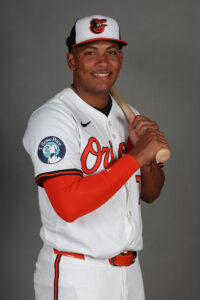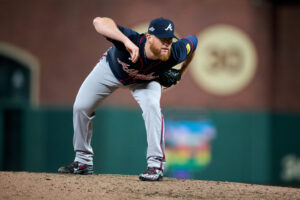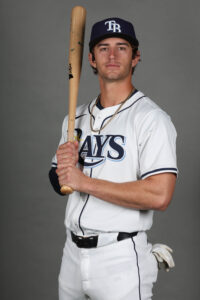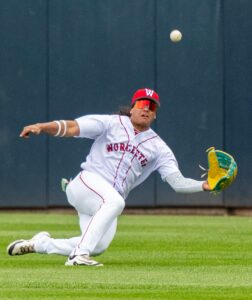Phillies ace Zack Wheeler underwent surgery to remove a blood clot from his near his throwing shoulder earlier this week, but the right-hander is now facing another serious health setback. As per a team media release today, Wheeler has been “diagnosed with venous thoracic outlet syndrome and the recommendation is to undergo thoracic outlet decompression surgery in the coming weeks.” This naturally ends Wheeler’s 2025 season, and he’ll need roughly 6-8 months to recover from the surgery, according to the Phillies’ projected timeline.
The brutal news adds to a tumultuous week for Wheeler, as it was just seven days ago that he was placed on the 15-day IL due to the blood clot. The successful surgery on Monday at least alleviated the most serious health concerns and put the focus back on when Wheeler might be able to return to pitching, even if getting back to the mound in 2025 seemed unlikely. Details were kept relatively scarce about Wheeler’s status, yet speculation about thoracic outlet syndrome was raised just due to the co-relation between blood clots and the venous version of TOS.
Merrill Kelly is the best-known example of a pitcher who underwent a venous TOS procedure, and Kelly is also the best-case scenario for what Wheeler can hope to achieve in the aftermath of his upcoming surgery. Kelly underwent his surgery in September 2020, was ready to go for the start of the 2021 season, and essentially didn’t miss a beat in the aftermath as the right-hander continued to post solid numbers for the Diamondbacks and Rangers from 2021-25.
This return to form was helped by the fact that a venous or vascular TOS surgery (related to blood clots) is the slightly less serious version of thoracic outlet syndrome, at least in regards to pitching. Jesse Dougherty of the Washington Post wrote a piece a little over two years ago detailing some differences between venous TOS and neurogenic TOS — the latter is the nerve-related version that essentially ended Stephen Strasburg’s career.
“If you had to pick, you’re not really sure which one you’d rather have [between venous and neurogenic TOS],” Kelly told Dougherty. “The blood clot was not fun. They are life-threatening. But for pitchers, TOS surgery to address a blood clot is much more straightforward than nerve issues. The diagnosis is more straightforward. The recovery is more straightforward. I was lucky in that way.”
This provides a bit of a silver lining to Wheeler’s situation, though naturally every person’s body responds to surgery in different ways. Only time will tell if Wheeler’s recovery can be as thorough as Kelly’s, or if Wheeler’s rehab period will extend into the 2026 season.
Losing Wheeler for 2025, of course, is bad enough for a Phillies team that has designs on winning the World Series. Wheeler was in the midst of another excellent season, posting a 2.71 ERA and elite secondary metrics across the board over 24 starts and 149 2/3 innings. Even in his age-35 season, the righty was continuing to add to a resume that will garner some attention from Cooperstown voters when he eventually retires. Since the start of the 2018 season, Wheeler leads all pitchers in fWAR (37.5) and has a 3.11 ERA over 1356 2/3 innings with the Mets and Phillies.
Wheeler has been the anchor of Philadelphia’s rotation since signing a five-year, $118MM free agent deal prior to the 2020 season, and then a three-year, $126MM extension for 2025-27 that was inked in March 2024. While losing Wheeler is a major blow, the Phils at least have a deeper rotation than most, and can still roll out Cristopher Sanchez, Ranger Suarez, Jesus Luzardo, Aaron Nola, and Taijuan Walker as the starting five. There’s extra pressure on the staff now that Wheeler is unavailable, and his sterling 2.18 career postseason ERA will be missed as the Phils try to capture that elusive championship ring.
Looking ahead to 2026, Suarez is a free agent this winter but the other four pitchers will return, plus top prospect Andrew Painter is expected to be ready for his first full Major League season. This gives the Phillies some cover if Wheeler’s recovery does stretch beyond Opening Day, yet adding a depth arm might now be part of Philadelphia’s offseason plans based on Wheeler’s progress.




